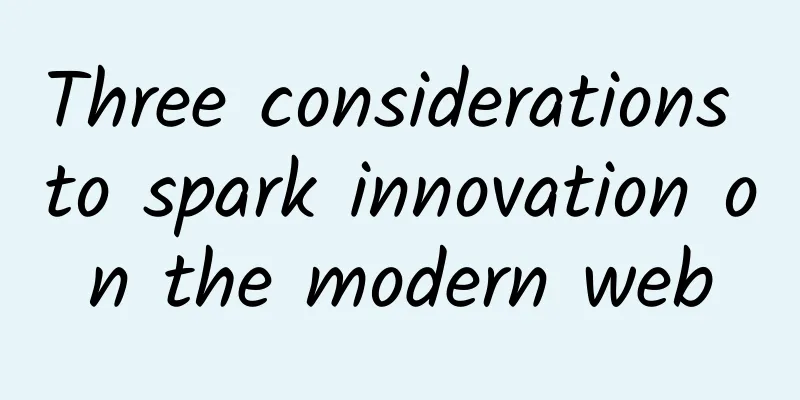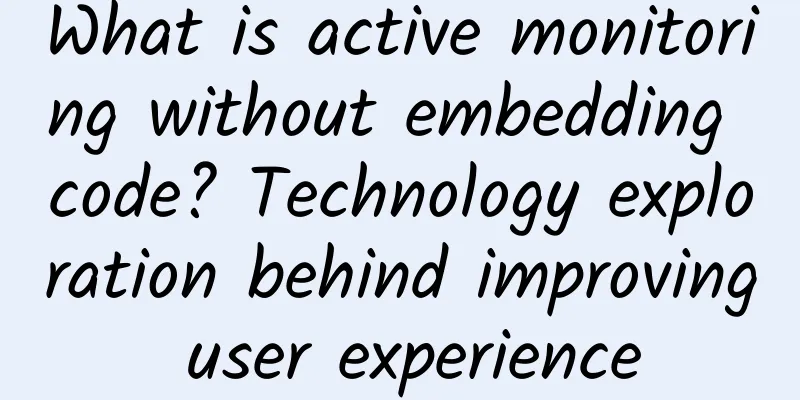Three considerations to spark innovation on the modern web

|
Today’s networks may not adapt well to changing needs. Some network experts share their thoughts on network innovation, including how traditional thinking has slowed down network development and whether change is possible.
Networking expert Greg Ferro on his Ethereal Mind blog identifies four networking innovations and mindset patterns that engineers should re-evaluate, ranging from general misconceptions about networks and network protocols to new architectures such as software-defined networking. These issues highlight the overall disconnect between technology, engineers, and users. Ferro believes that the main pain points of the network include:
"My concern is about connectivity and coordination between these SDN-controlled networks, as there are no standards for interoperability between them," Ferro wrote. "None of the existing standards are applicable to these new systems." By rethinking these four questions, engineers may be able to drive some necessary network innovation. Embracing change in these areas can help move the network forward. Will traditional thinking hinder technological transformation? Enterprise network analyst Steven Schuchart discussed similar topics of network innovation on his blog. He said that traditional network thinking may hinder the further development of the network industry, especially campus networks. Campus networks require agility, security and efficiency. However, vendors and engineers view campus networks as a division of wired and wireless networks, which hinders development in some areas. This way of thinking also hinders positive changes in campus networks. Schuchart believes that a holistic networking perspective will not eliminate specialized vendor services, but vendors will need to strengthen their products and services to emphasize more aspects of the network. Although network teams generally have a negative view of vendor lock-in, it may be an inevitable situation for the industry. Schuchart noted that the demands of the business mean that gaining operational efficiency, agility and security are more important to enterprises than the ability to change suppliers. Is network innovation truly transformative? Tom Nolle, president of CIMI, also discussed network transformation in a recent blog post. He pointed out that the most fundamental way to transform the network is to build it in a different way. Enterprises will not only change the way they build network architectures, but also need to adjust suppliers. The main reason previous attempts at network innovation have failed is that it’s hard to convince network teams to change their ways—especially if that change involves a new, unproven, and unreliable architecture. Furthermore, the last innovation that drove change was the creation of the Internet, and that disruption is unlikely to happen again. However, it is possible to achieve network transformation by separating service and transport networks and improving operational expenditures to link transformation to new revenues. Virtualization can play an important role in separating service and transport as it can be another way to structure routing traffic through virtual tunnels. “I strongly believe that a two-tier transport/service model is better,” Nolle wrote. “Vendors can define a migration path for it that meets the carriers’ cost and benefit requirements and even provides a fairly safe transition strategy.” |
Recommend
Unleashing the power of 5G: Innovative devices will revolutionize connectivity
There’s no denying that the advent of 5G technolo...
Case | A sobering report on a major network failure
December 6, 2018 was a nightmare day for Japanese...
What does the operator's first-half performance reflect about the second half of the year?
With the release of the operating data of the thr...
TmhHost Summer Holiday Offer: Japan/Hong Kong/US CN2 GIA/High Defense Cloud Server 20% Off Seasonal Payment Starting from 120 Yuan
TmhHost has launched this year's summer promo...
Universal crawler techniques: How to properly remove invalid parameters from URLs
We know that a URL consists of the following part...
Cloud Data Center in the "Internet +" Era
Recently, the concept of "Internet +" h...
How businesses can prepare for 5G
[[355718]] While people may think of 5G as a cool...
Avoiding connection problems: Maximum distances Ethernet cables should not exceed
Ethernet cables are a common way to connect devic...
This article is enough to understand RTK positioning!
Speaking of positioning, I believe everyone will ...
Guidelines for Protecting RS-232 Serial Connections
RS-232 connections are an integral part of serial...
Summary of the State Council Information Office press conference, involving 5G, chips, etc.
[[423758]] On the morning of September 13, the St...
New 5G LAN technology advances QoS across the enterprise
As enterprises integrate 5G technology into their...
Network Quality of Service (QoS) Technology
1. Introduction Branches of the national financia...
Hybrid office becomes a trend. Cisco uses intelligent technology to improve office experience
According to the survey results of Cisco and a th...
Artificial intelligence combined with 5G will change the diagnosis and treatment model and process of the medical industry
The global COVID-19 pandemic has accelerated the ...









